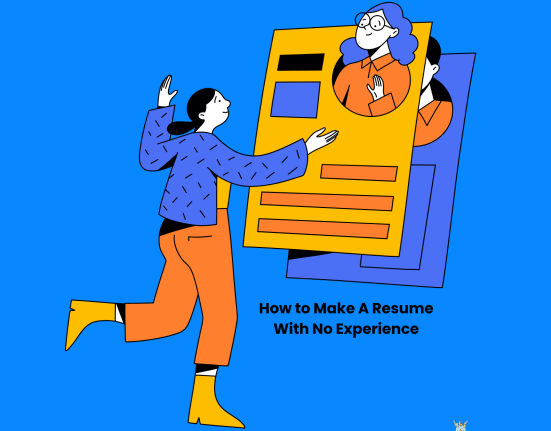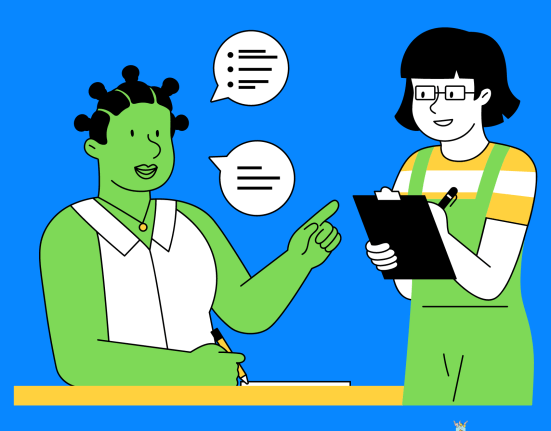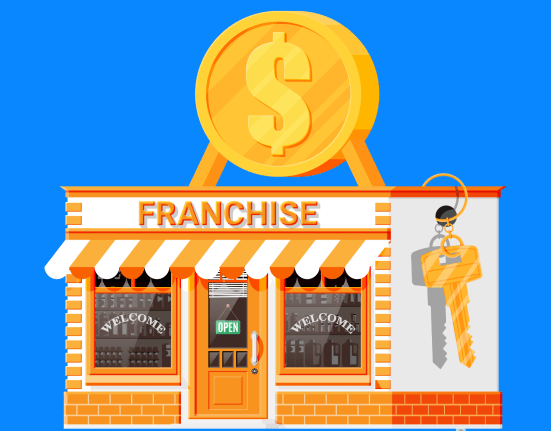Topics like AI design tools and AI-powered designers have become hot topics under the AI-chaos umbrella, grabbing the attention of big-name institutions and influential publications. Carnegie Mellon University’s plans for an AI ethics hub and Harvard Business Review’s diving into AI’s impact on management signals that AI is staying.
While many are hopeful about how AI could supercharge creativity, there’s this lingering feeling of uncertainty about its implications. We all know that creativity and social smarts are crucial in design right now, but with AI looming large, it’s making us wonder about the future role of designers.
As a curious 24-year-old who is still figuring out his career, I’m naturally curious about how AI will shape my journey if I want to study design. Hence, I did some research, and here is what I found about the implications of AI for design and design careers. Here is what I found:
Understanding the Hype of AI Design
In the world of design, there’s a lot of buzz about Artificial Intelligence (AI) and its potential impact. Especially in graphic design, AI is becoming a hot topic among designers. There are ongoing talks and discussions about how AI could change the way we design things. You, as a designer or design enthusiast, must be curious and excited about exploring AI’s role in reshaping the graphic design process.
As designers dive deeper into the possibilities of AI, they’re essentially trying to merge AI technology with graphic design to see how it can improve the experiences of users interacting with designs. This practice aims to create a co-existing relationship between AI and graphic design, envisioning a future where designs become more intuitive and user-friendly.
This obviously streamlines and fastens the work of designers like you. I mean, think about it! You can now create designs much faster, serve more clients without extending hours, and earn more. If you look at it objectively, AI designs are pretty good. Of course, it requires a designer to drop the prompt, edit, or merge.
At the end of the day, AI designs make your life easier. Designers like you are eagerly anticipating how this fusion of AI and graphic design is revolutionizing the way we design things, making designs more impactful and user-oriented.
Also Read: The Guide to Graphic Design Career Path in 2024
Role of Human Design in AI Design
Caution: Don’t be under the impression that AI designs don’t require humans. In short, AI isn’t going to replace designers anytime soon.
For Designers:
When it comes to using AI for design, the role of designers becomes incredibly important. Design isn’t just following AI’s lead; you are going the steer the car. Your job is to lead the AI’s impact on the actual design process. Think of yourself as a captain guiding the ship, ensuring that AI complements your creativity rather than dictating it.
The hardest part of your job as a designer is to use AI to complement your creativity, not dictate it. If you let AI dictate your designs, you are going to be replaced soon. Now, the collaboration between AI and designers isn’t just about technology; it’s about creating designs that speak to people.
By working with AI-powered graphic design tools, designers bring a human touch to technology. You infuse their empathy and understanding of user needs into the design process. This blend of human creativity and AI’s capabilities leads to designs that truly resonate with people, making products and services more intuitive and user-friendly.
For Businesses:
Using AI in graphic designing becomes a game-changer for businesses. It gives them an edge in the market by enabling faster and more efficient design processes. This means companies can keep up with the rapid changes in customer preferences and market trends.
Plus, businesses can cut the number of designers and make use by even half the manpower. I know it’s harsh, but it’s true. By integrating AI into their design strategies, businesses stay ahead of the curve, delivering innovative designs that capture attention and drive success.
This brings us to the most important question:
Future of Design Careers with AI
Now, if you’re a college student or just graduated and eyeing a career in design, you’re stepping into a field where Artificial Intelligence (AI) is making a big splash. AI’s creeping into design isn’t just about robots (or AI design tools) taking over—it’s changing how design careers work, creating new challenges and exciting opportunities.
Let’s dive into how AI impacts design careers and what it means for someone like you starting out in this creative world:
1. How AI Shapes Design Careers:
#1. Automating Repetitive Tasks: Picture this: AI does the boring, repetitive stuff, freeing you up to spend more time on the fun, creative side of design. Sounds good, right? But this also eats up the livelihood of some beginner-level or less-creative designers. Solution? Upskill, use AI, improve.
#2. Fueling Creativity: AI isn’t just about mathematics and numbers; it’s like a design assistant/intern who can think outside the box. By teaming up with AI design tools, you can get fresh and unique ideas in an instant. Now, if you are creative, you know how external stimuli can fuel creativity!
Tip for you: Embrace AI. Understand how AI augments design workflows rather than seeing it as a threat. Use this opportunity to upskill in areas where AI enhances design tasks. Learn to use AI graphic design tools, get a subscription to an AI graphic design app, and practice. Make AI your weapon.
2. Preparing for a Design Career in the AI Era:
#1. Adopting New Skills: As mentioned in the tip above, get comfortable with AI-powered tools! Learning how to use them and understanding data will give you a leg up in the competitive design world.
#2. Be Vocal: Ever thought about being the go-to person for AI-driven design? It’s no secret that businesses are looking for people who can use AI and create designs fast. This is your cue to learn AI designs and stand out. Start posting about your skills, work, and learning on platforms like LinkedIn, X, YouTube, or Instagram.
Tip for you: Enroll in courses or workshops focusing on AI in design. Along with that, start hunting for people who can give you design work. Work for free if needed, and get testimonials. Start building a personal brand: read this guide.
3. Collaboration between AI and Your Creativity:
As you must have got the idea while reading up to this point – I aim to talk about using AI as your weapon and design with it. Not against it. Now:
- Your Unique Contributions: AI might be smart, but you’ve got something special—your human touch. Your empathy, emotions, and imagination are irreplaceable in creating designs that really connect.
- Blending Human Insights with AI: Combining your creativity with AI’s analytical skills leads to designs that not only look good but also speak to people on a deeper level.
Tips for you: Build your soft skills alongside technical knowledge. Explore interdisciplinary learning—blend design education with AI-related courses. For example – learn how to write good prompts, how to get the best out of AI, etc.
How the Designers of 2025 will look like?

As I’ve written in many other articles – “I talk about things that are very simple and known to all. The tips I gave above are simple as well. But they are not easy. You need to persevere and stick to the methods.”
Now, what do you think would be the design industry scenario in 2025? Here are a few predictions:
1. Everyone can become a designer
AI isn’t going to be limited to designers anymore. Yes, your work isn’t going to be just yours. People from various professions are learning to think creatively using AI. It’s like a trend where everyone is becoming a bit of a designer!
They’re adopting “design thinking,” using AI tools to solve problems creatively. For instance, teachers are incorporating AI techniques to create engaging and interactive learning experiences, while healthcare professionals are using AI designs and reports to streamline patient care processes.
This AI-enhanced creativity makes every person from any industry a designer, hence eating up the livelihood of old-age designers. Not practically old aged, but the designers who aren’t using AI.
2. LEARN creativity with AI tools:
Renowned institutions such as Stanford and MIT are transforming the way people learn about design. They’re teaching individuals, not necessarily from design backgrounds, to think and create using AI tools. Even professionals like doctors are stepping into the world of design, learning to apply creative solutions using AI.
This widespread adoption of AI in education broadens horizons, equipping individuals across diverse sectors with design thinking and creativity. Remember how people used to say – “Creativity is born within. It can’t be taught.” Looks like we’ve come a long way!
3. Good designers will lead the AI Graphic Design Tools:
Growth of AI means means growth of hundreds of AI-powered graphic design tools. Unlike the popular belief, which is that AI design tools replace designers, these advanced tools assist designers in generating a multitude of designs rapidly.
However, designers remain in control, guiding these AI tools like directors, setting the parameters, and choosing the best designs among the options provided. As I have already mentioned above, designers need to use AI like an assistant, not get afraid of it!
4. Best Designers will shine in AI Graphic Design:
Even though AI assists many in creating designs, exceptional designers with remarkable creative skills continue to stand out. These top-notch designers need not worry about AI eating their job. The best designers, at the moment, are learning to showcase their expertise and creativity in an AI-driven design world.
They’re the real AI-powered designers, setting high standards and pushing the boundaries of what’s possible in graphic design. I know you want to be like them. But you can’t—unless you give in the fear and make use of AI and its tools to up your design game.
5. New worlds with AI-boosted graphic design:
Looking forward, the emergence of virtual reality (VR) opens up exciting opportunities for designers. With the aid of AI-driven graphic design tools, designers are venturing into VR systems. Here, they’re designing real-life, immersive experiences, creating stunning visual designs, and designing virtual worlds.
This exploration merges artistic vision with AI technology, allowing designers to redefine the way we experience and interact with digital environments. In short, the design industry will join hands with AR and VR tech, meaning new opportunities for new-age designers.
Conclusion
Picture this: AI design tools give you ideas and initial drafts. AI assistants analyze your work, suggest improvements, and guide your creative process. Think about problem-solving bots providing fresh perspectives and helping you approach challenges from various angles. Envision simulated users rigorously testing your designs before they’re brought to life.
All of this sounds convenient and efficient, right? We need to understand that rather than posing a threat, AI offers a tremendous opportunity for budding designers like you. How do you train AI-powered design tools? What will the future platforms look like? This is something I’ll talk about soon.
But till then, here’s what you need to do – Share this article with your design network. Initiate conversations on how you can use AI to upskill your design career. Get fresh perspectives, and start working ASAP!











Leave feedback about this